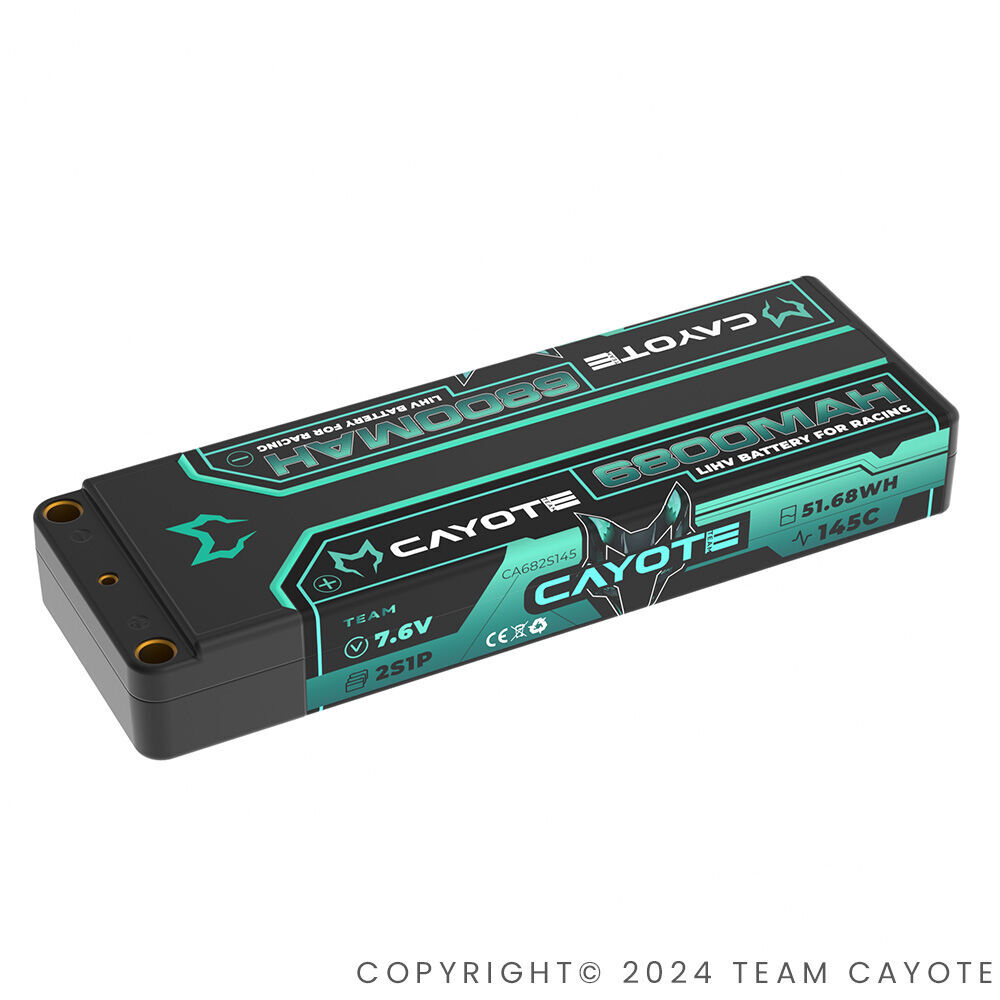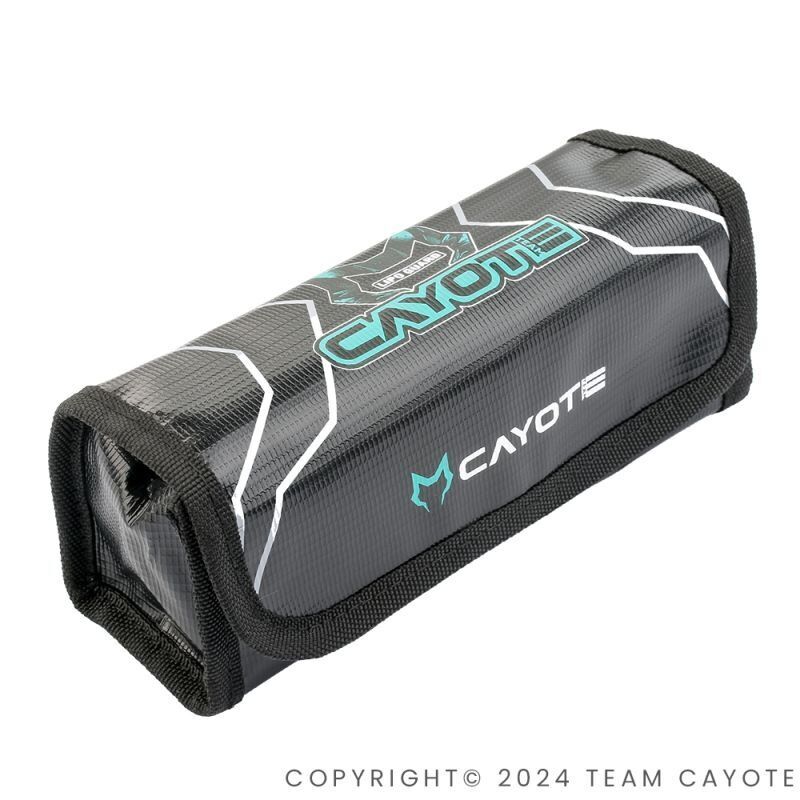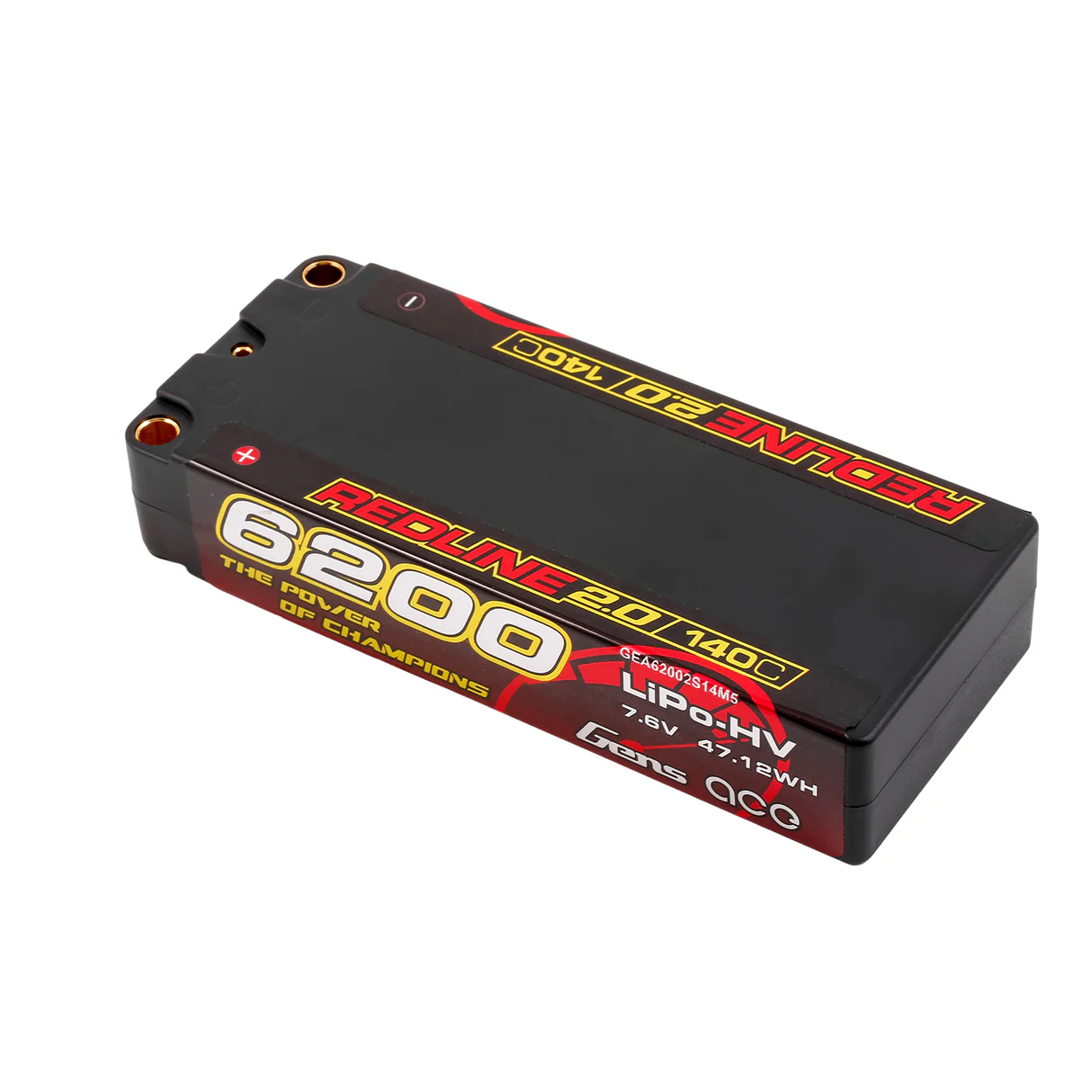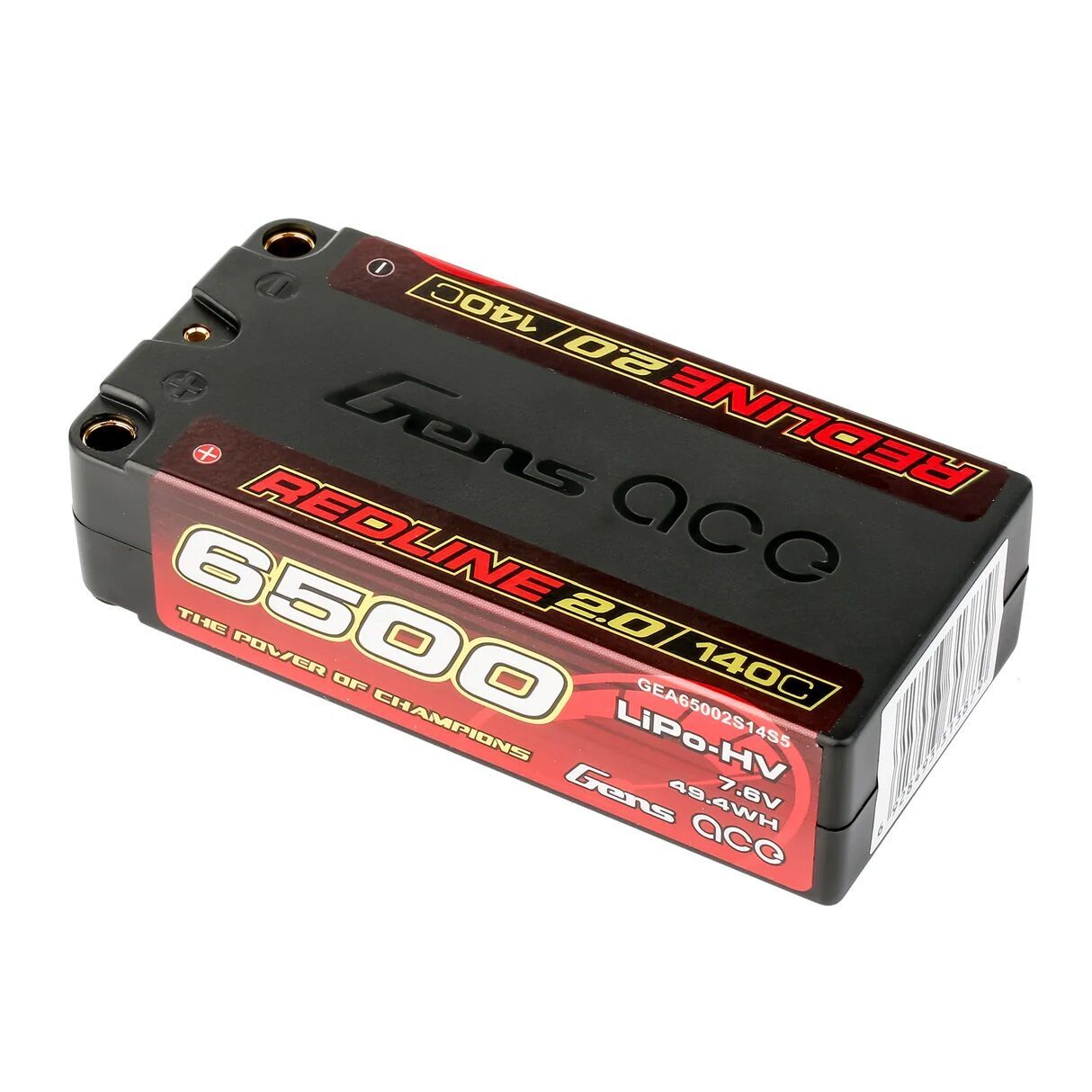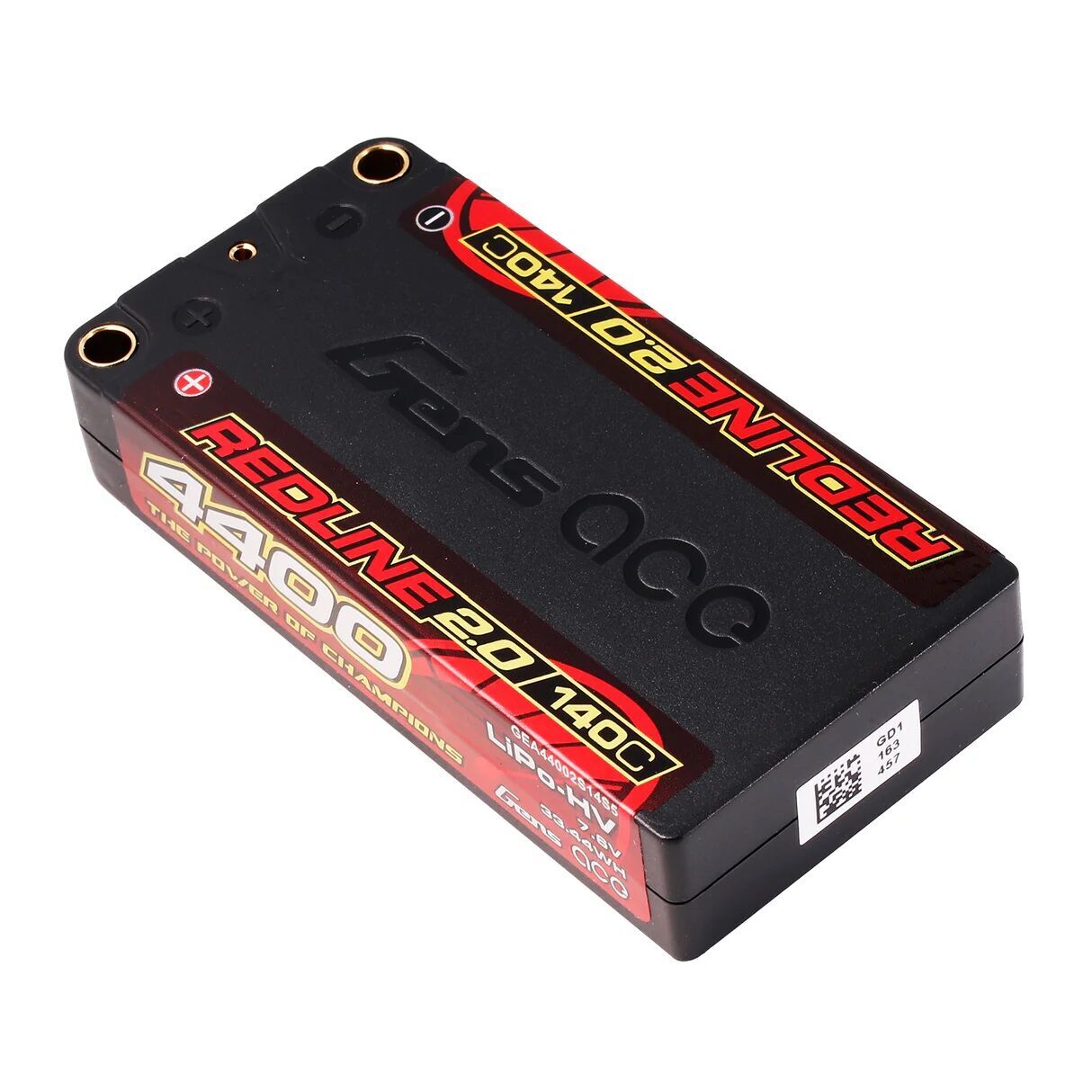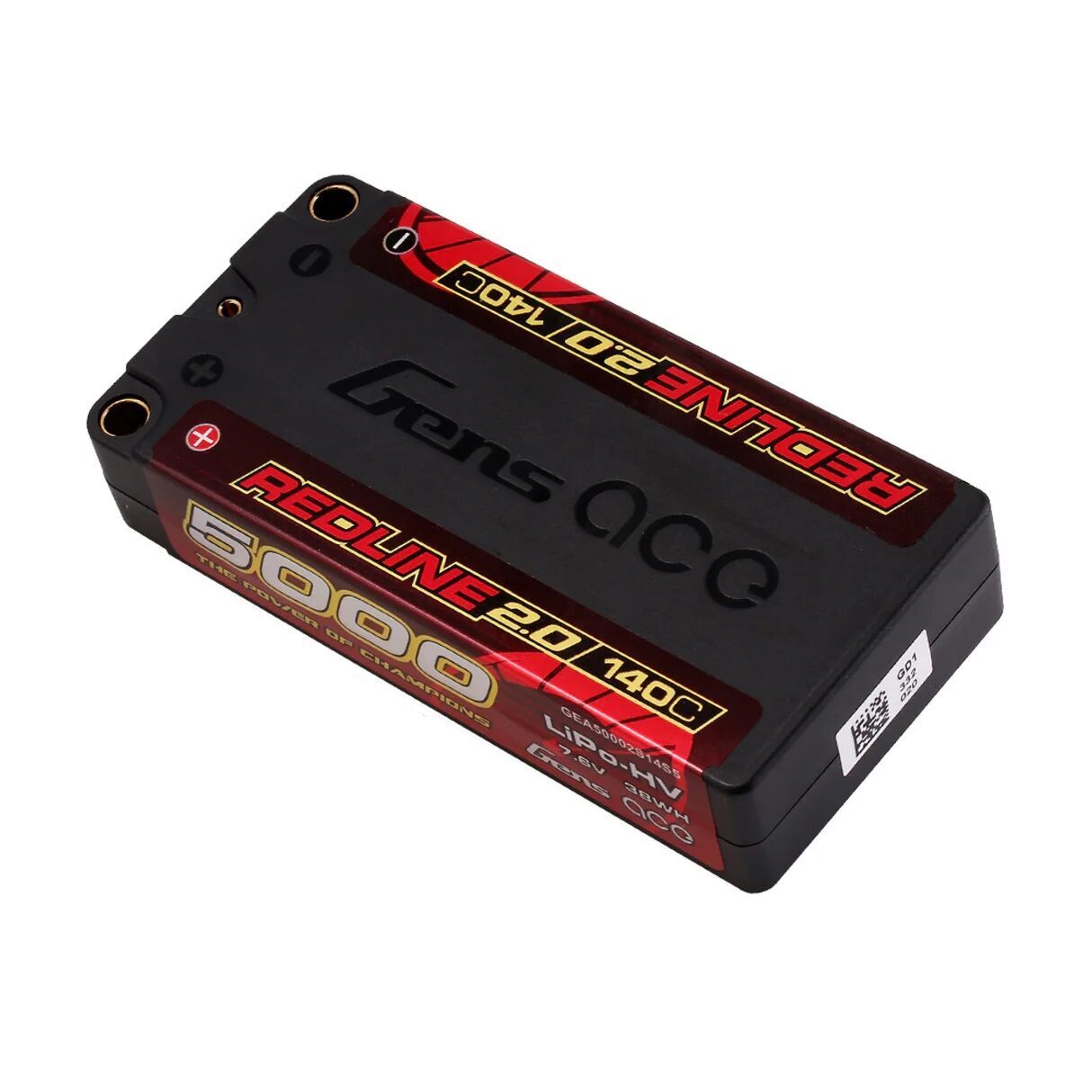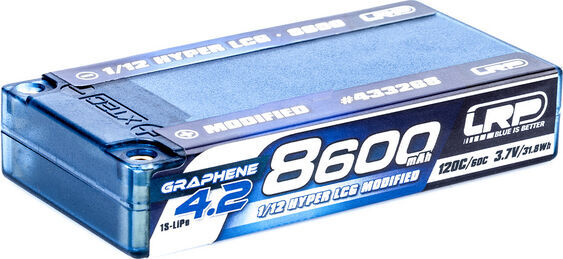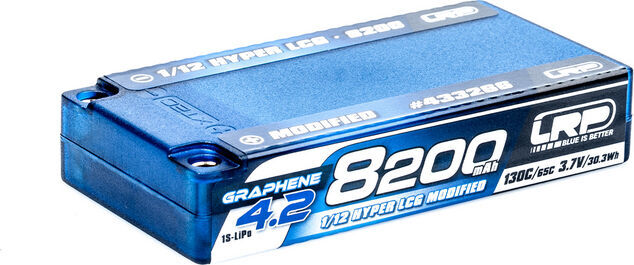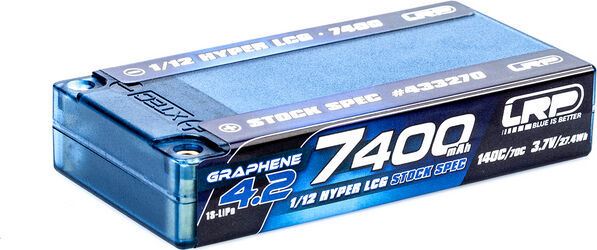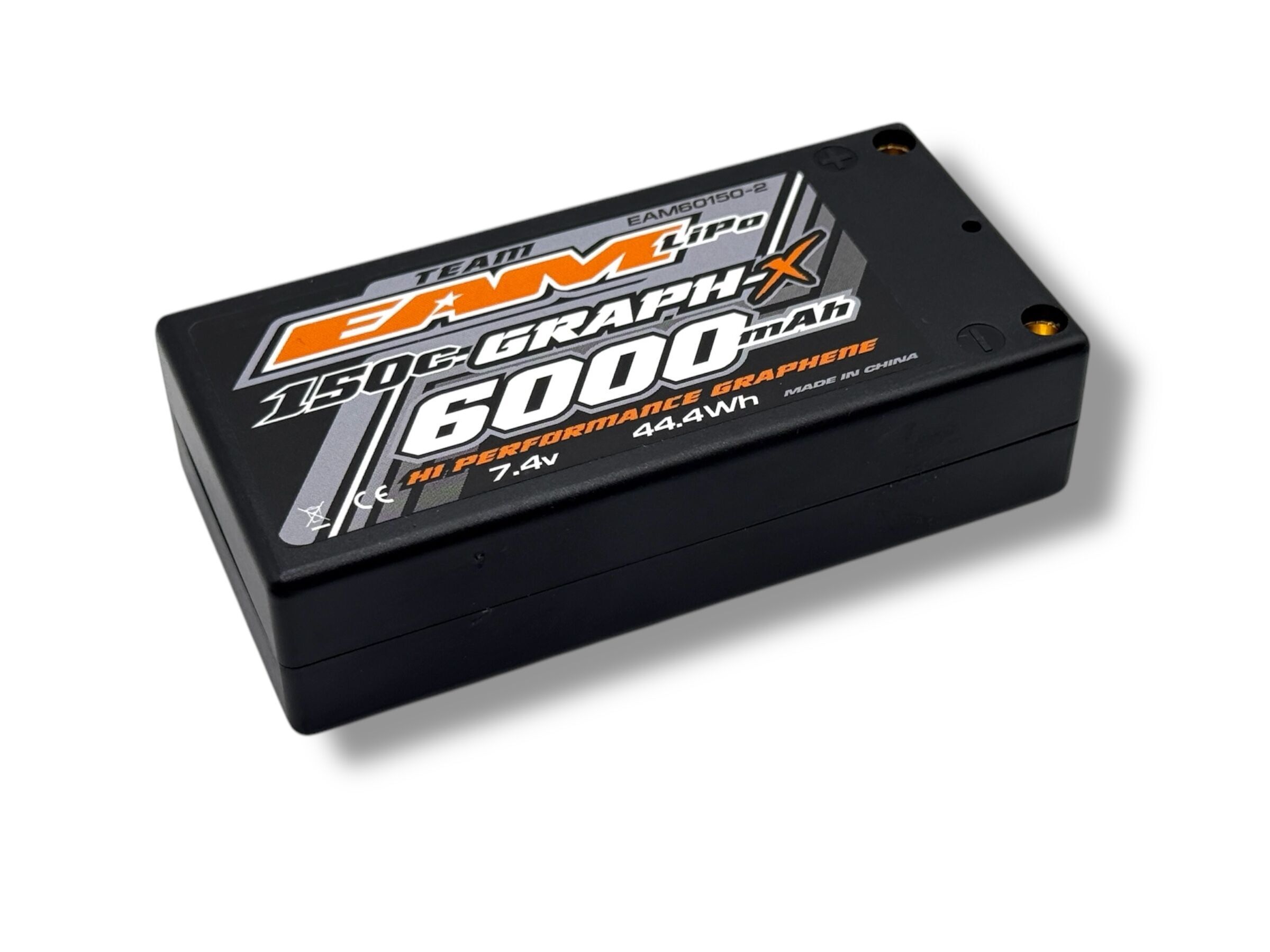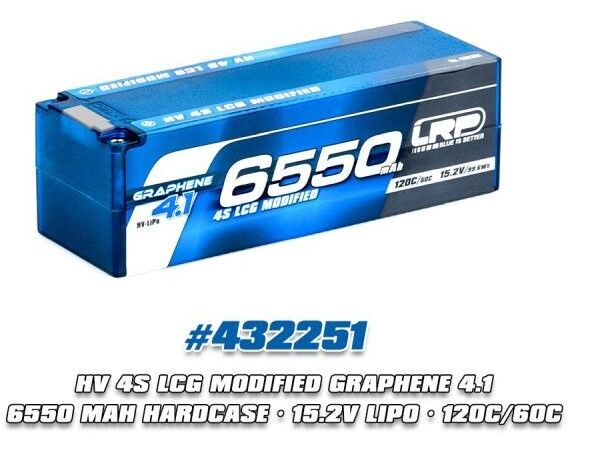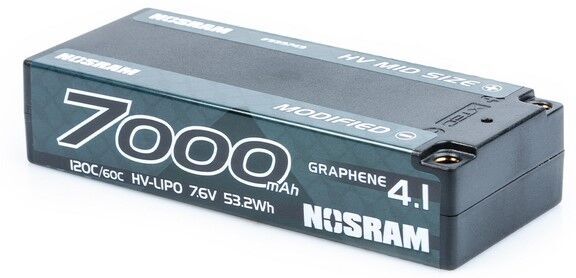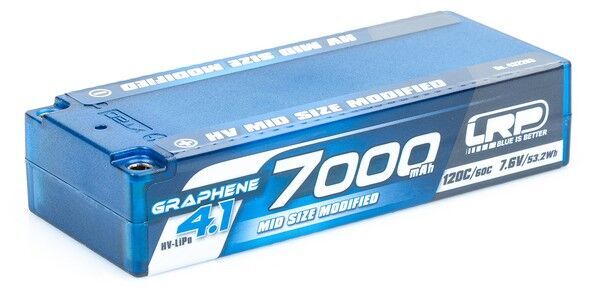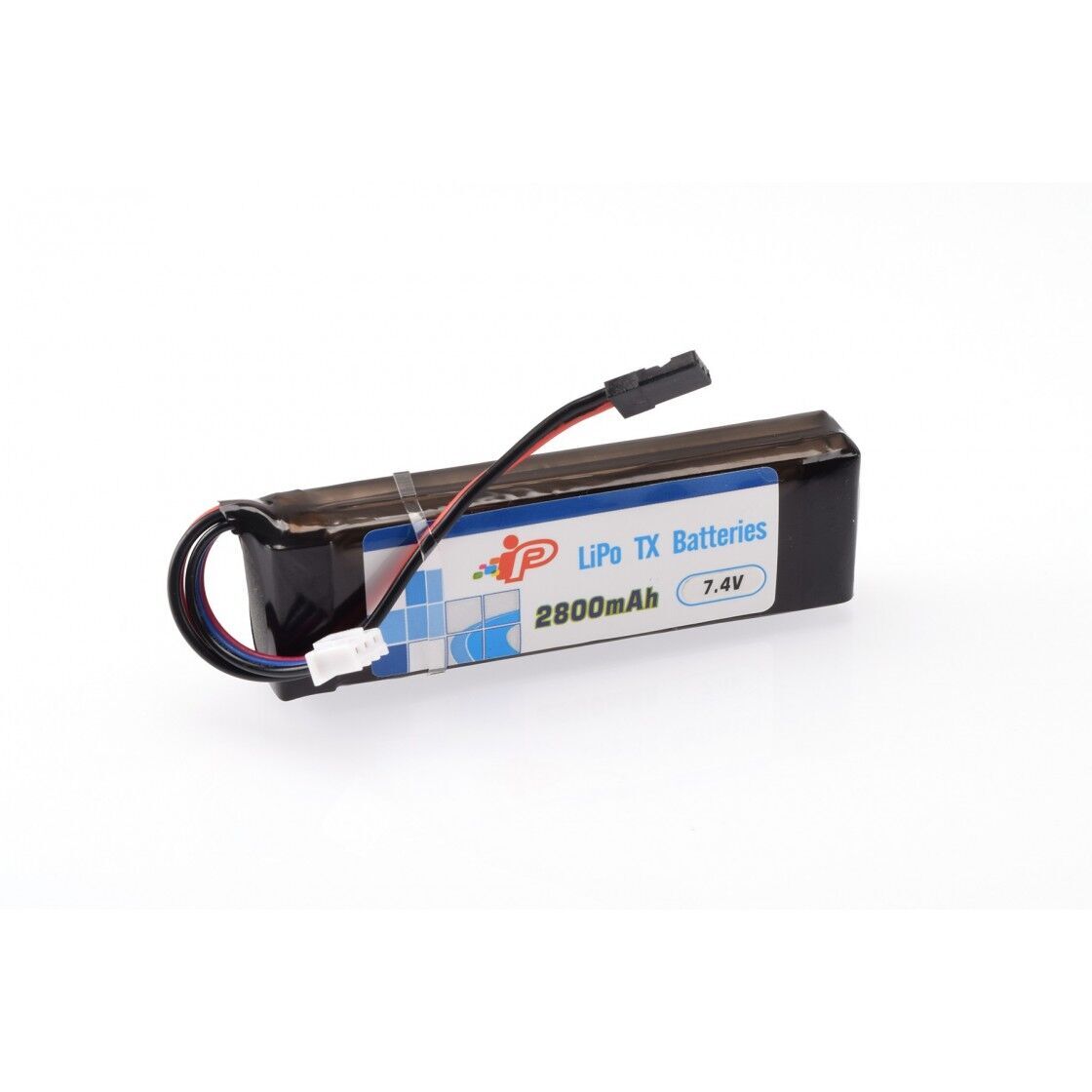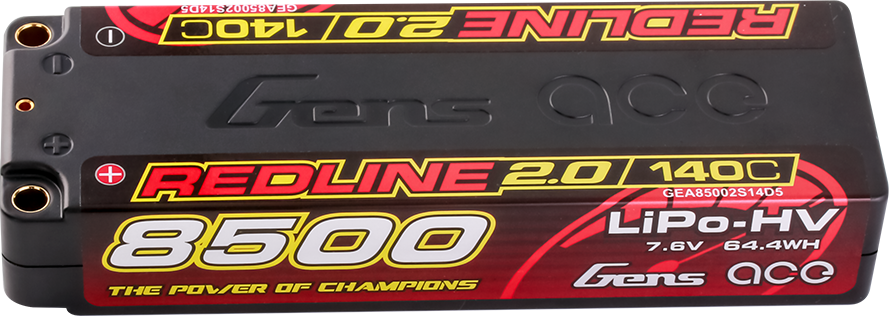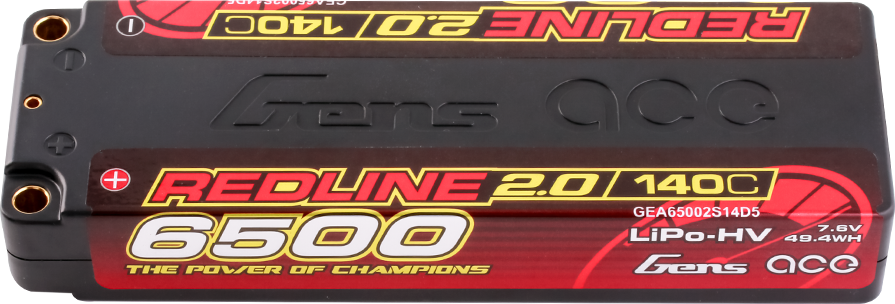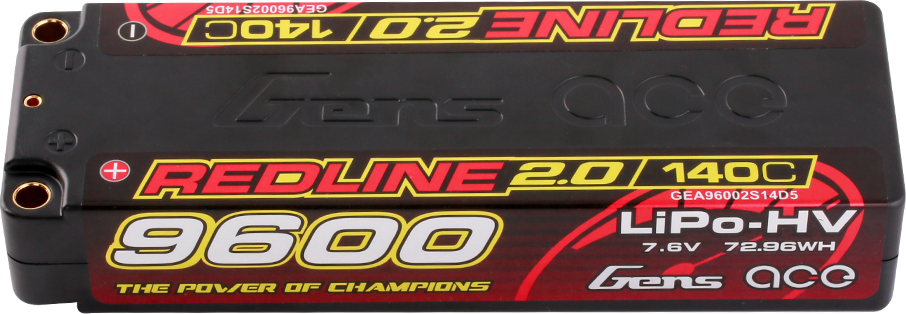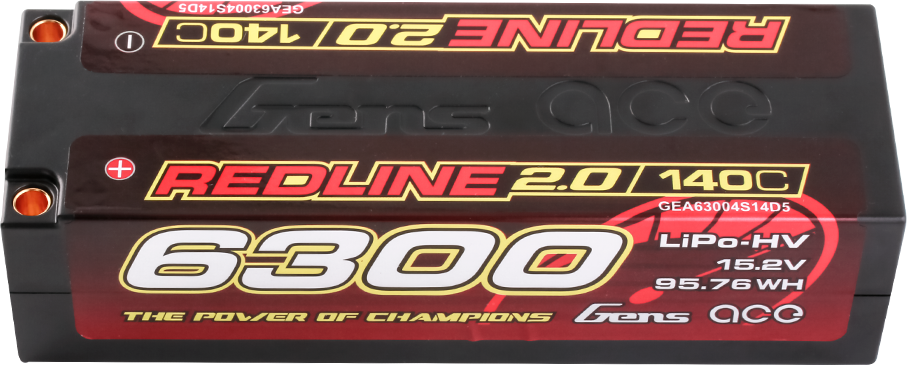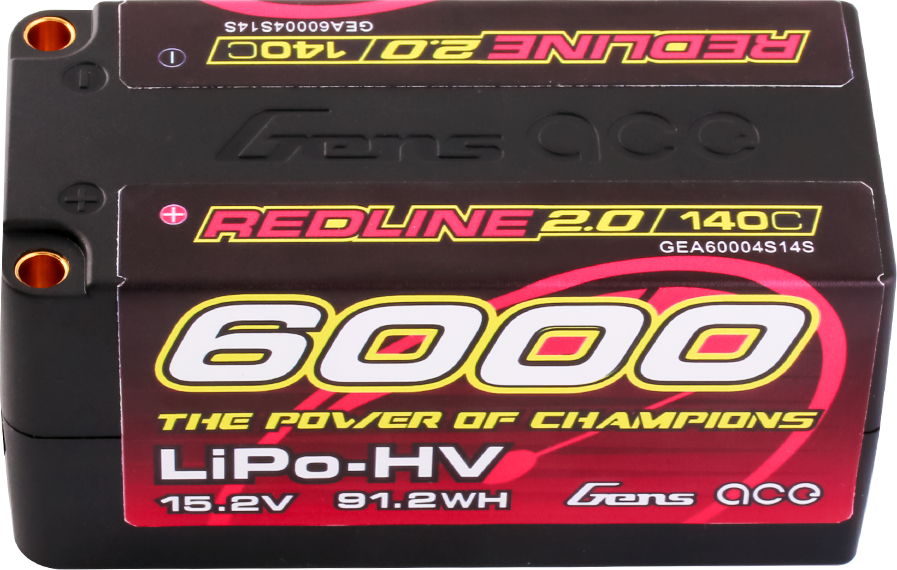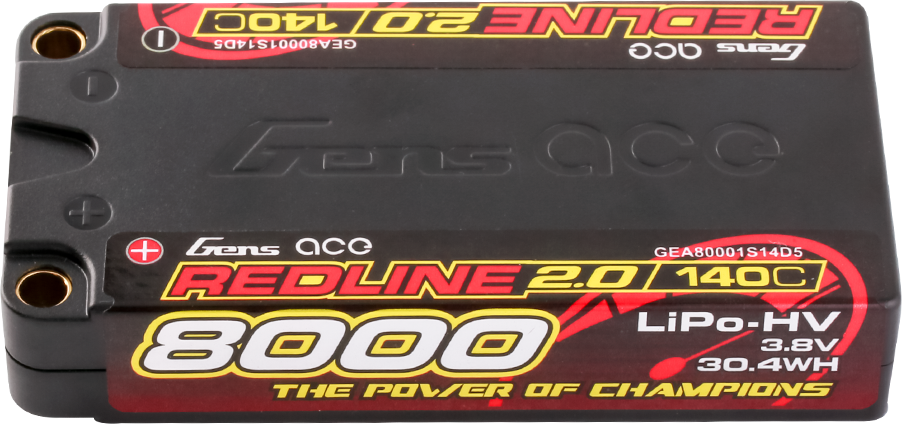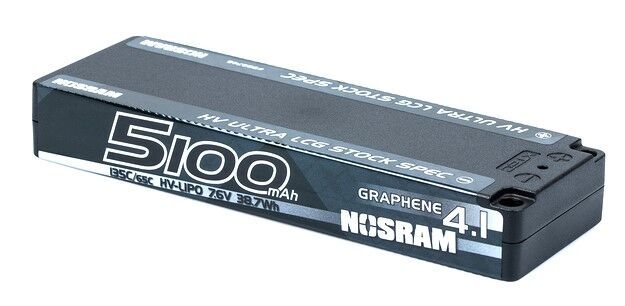Here is a clearly structured, informative text on the use of LiPo batteries in 1:10 RC cars:
LiPo batteries in 1:10 RC cars - basics, advantages and safe use
Lithium polymer batteries (LiPo) have established themselves as the standard energy storage system in RC car racing in recent years. Compared to older technologies such as NiMH batteries, they offer significantly better performance data and a wider range of applications - whether in the hobby sector or in competitive racing.
? Advantages of LiPo batteries
| Advantage | Advantage Description |
|---|---|
| High power-to-weight ratio | High capacity with low weight - important for agility and acceleration |
| High voltage (3.7V/cell) | More torque and speed compared to NiMH (1.2V/cell) |
| Low internal resistance | Stable voltage under load → even power delivery |
| Wide range of designs | Hard case, soft case, shorty packs - adaptable for different chassis |
| Low self-discharge | Fewer charging cycles required during storage |
⚙️ Typical LiPo configurations in the 1:10 RC range
| Configuration | Voltage (nominal) | Operating range |
|---|---|---|
| 2S (2 cells) | 7.4 V | Standard for on-road, buggy, touring car |
| 3S (3 cells) | 11.1 V | Speed runs, basher setups (more power, pay attention to controller/motor compatibility) |
Capacity: Usually between 4000 mAh and 8000 mAh → The higher, the longer the run time.
C-rate (discharge current capability): e.g. 50C-120C → Indicates how much current the battery can deliver for a short time (important for powerful acceleration)
⚠️ Safe handling and storage
LiPo batteries deliver a lot of power, but require careful handling. The most important rules:
✅ Balancer charging (always use balancer connection to equalize cell voltage)
✅ Never discharge below 3.0V/cell (deep discharge will permanently damage the battery)
✅ Charge end voltage max. 4.2V/cell (overcharging dangerous)
✅ Only charge with a suitable LiPo charger
✅ Store at approx. 3.7-3.85V/cell (storage mode)
✅ Always charge and store in a LiPo safety bag (fire protection)
? What to look out for with RC cars?
-
Check chassis compatibility (2S/3S, hard case usually recommended for stability)
-
ESC must match the battery voltage (2S or 3S-capable?)
-
Motor should be tuned (e.g. adjust gear ratio for 3S)
-
Connector systems: e.g. Deans, XT60, EC5 - make sure the sockets are suitable
? Conclusion
LiPo batteries are powerful, light and flexible - they have revolutionized the 1:10 RC car sector. With careful handling and the right technology, they deliver maximum performance for hobby drivers and racers alike!
If you like, I can add a checklist for safe use or a table of typical driving times depending on capacity - interested? ?⚡


